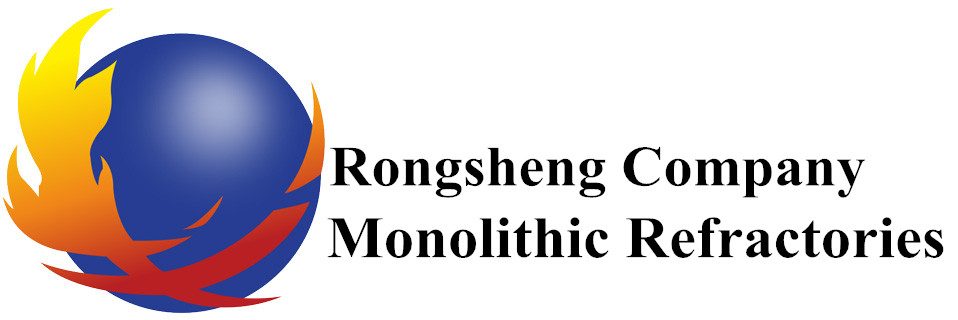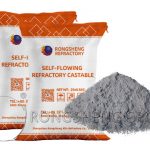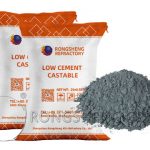With the development of monolithic refractory castables, the proportion of castables used in heating furnace linings is increasing. Among them, low-cement self-flowing castables are becoming more widely used and account for a larger proportion. By rationally selecting raw materials and particle size distribution, and introducing ultrafine powders and high-efficiency dispersants, a self-flowing castable for heating furnaces has been developed. This self-flowing castable features convenient construction, self-flowing and densification capabilities, good volume stability, and good thermal shock resistance, making it suitable for use in complex shapes and confined spaces.
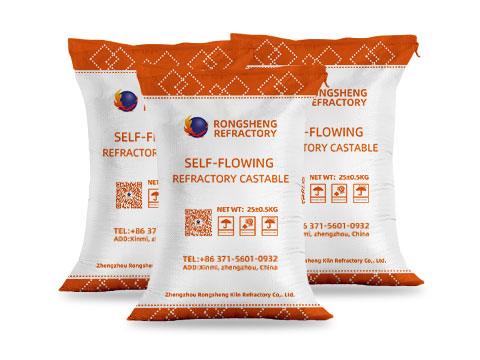
Solutions to Slow Hardening Time of Self-Flowing Castables
In the field application of low-cement self-flowing castables, rheological properties, especially hardening time, need to be controlled. When temperatures drop below 5°C in winter, the hydration reaction is slower than at normal temperatures, resulting in a slower hardening time for the castable. This significantly prolongs demolding time, impacting the castable’s subsequent performance and construction progress. To address the slow hardening time of low-cement self-flowing castables in low-temperature environments such as winter, the effect of accelerator type on the setting time of low-cement self-flowing castables was studied. The results showed that:
- The addition of a coagulant has little effect on the room-temperature properties of low-cement self-flowing castables, with a slight improvement in cold strength.
- The addition of a coagulant significantly reduces the setting time of low-cement self-flowing castables, reducing the setting time from 11 hours to 3 hours. LiOH has the best accelerating effect, followed by sodium aluminate and NaOH.
- Adding a coagulant will slightly lower the load softening temperature of the sample, but it is within the normal operating temperature range of the heating furnace and will not affect normal use.
Key Points and Quality Requirements for Overhauling Self-Flowing Castable Refractories
Self-flowing castable refractories are castable refractory materials that flow and deaerated without vibration (see Refractory Castables). Their characteristic is that, with the appropriate addition of water, they can be cast into various shapes without vibration, provided that the performance of the castable is not reduced or significantly decreased. Self-flowing castables are particularly suitable for thin-walled or complex-shaped applications where vibration molding is not feasible. The key points and quality requirements for overhauling self-flowing castable refractories during CFB boiler overhauls are as follows.
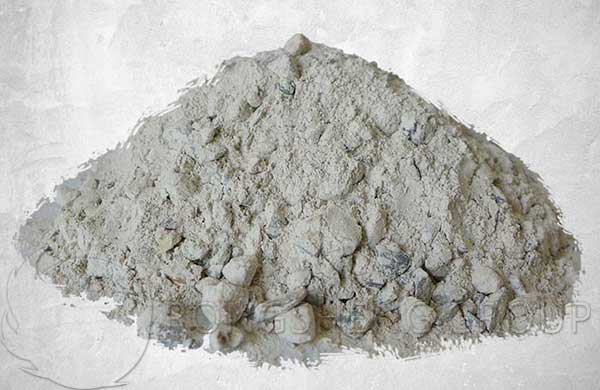
Inspection of Self-Flowing Castables
Key Process Points:
- Inspect and record the erosion and wear of the self-flowing material, as well as defects such as cracks and spalling.
- Check the density of the refractory and wear-resistant layer.
Quality Requirements:
- Depth and width, surface spalling thickness, and spalling area must not exceed the specified values.
- There should be no defects such as looseness or voids.
Removal of Self-Flowing Castables
Key Process Points:
- Mark the areas to be removed with a colored pen.
- Remove non-heated areas using tools such as an electric hammer or mallet.
Quality Requirements:
- Marking must be clear and correct.
- Clean thoroughly, ensuring the joint surfaces are straight.
Mixing of Self-flowing Castable Refractory
Key Process Points:
- Water quality should be qualified.
- Water temperature and ambient temperature should meet requirements; otherwise, measures must be taken.
- Use immediately after opening the packaging bag.
- Dry mixing.
- Add water and mix according to the manufacturer’s requirements.
- Record each mixing operation.
Quality Requirements:
- Water quality and temperature should meet requirements.
- Mixing time should comply with the manufacturer’s specified time; the time from adding water and mixing to completion of casting should not exceed the manufacturer’s specified value.
- Complete mixing records.
- Clean the mixer after each mixing operation.
Formwork Fabrication and Installation of Self-flowing Castable Refractory
Key Process Points:
- Lay out, cut, and fabricate wooden formwork according to the design and actual site conditions.
- Before setting up the formwork, check the welding position, quantity, and shape of all anchor bolts for correctness; check that all anchor bolt plastic caps are complete; for anchor bolts without plastic caps, apply asphalt paint to the top.
- Before setting up the formwork, all debris and objects in and above the formwork area should be cleaned.
- After the formwork is in place, pouring should begin immediately.
Quality Requirements:
- The dimensions must be correct and meet design requirements.
- The formwork must be securely installed with tight joints.
Casting of Self-Flowing Resin
Key Process Points:
- Before casting, carefully check the mold dimensions.
- Pour the mixed material into the mold immediately.
Quality Requirements:
- Casting dimensions must conform to the design.
- Casting time must meet the manufacturer’s requirements.
Self-Flowing Material Demolding Inspection
Key Process Points:
- Inspect the casting quality after demolding.
- Perform curing.
Quality Requirements:
- The interval between casting completion and demolding must not be less than the time specified by the manufacturer.
- After demolding, the surface should be free of defects such as cracks, dents, honeycombing, and holes.
- Curing must meet the manufacturer’s requirements.
